Hells Angels Secret History- America's Most Infamous Motorcycle Club

Since their founding in the years after World War II, the Hells Angels have been America’s best known motorcycle club with out. However, despite their well-known name and logo, there is a whole secret Hells Angels secret history that many are unaware of.
We’ve explored the group’s story, from its founding, incidents of violence, encounters with famous faces (including the time they allegedly tried to kill Rolling Stones frontman Mick Jagger… yes, really), and a 21st century rebirth as a TV series and lifestyle brand. In addition, we’ve found all the information we can on their secretive initiation rituals and what their patches mean.
The Formation
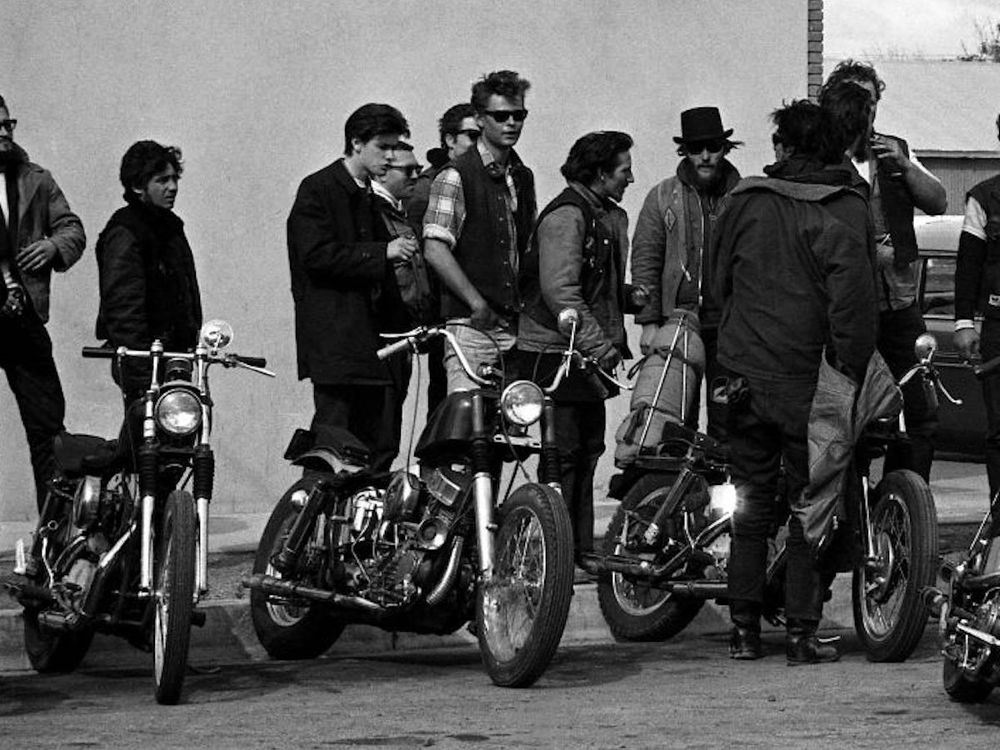
In the years immediately following World War II, Numerous motorcycle clubs popped up around the United States. The Hells Angels were founded on March 17, 1948 in Fontana, California by a group of was veterans combined from numerous post-war bike clubs including the Pissed Off Bastards of Bloomington.
Origin of the Name
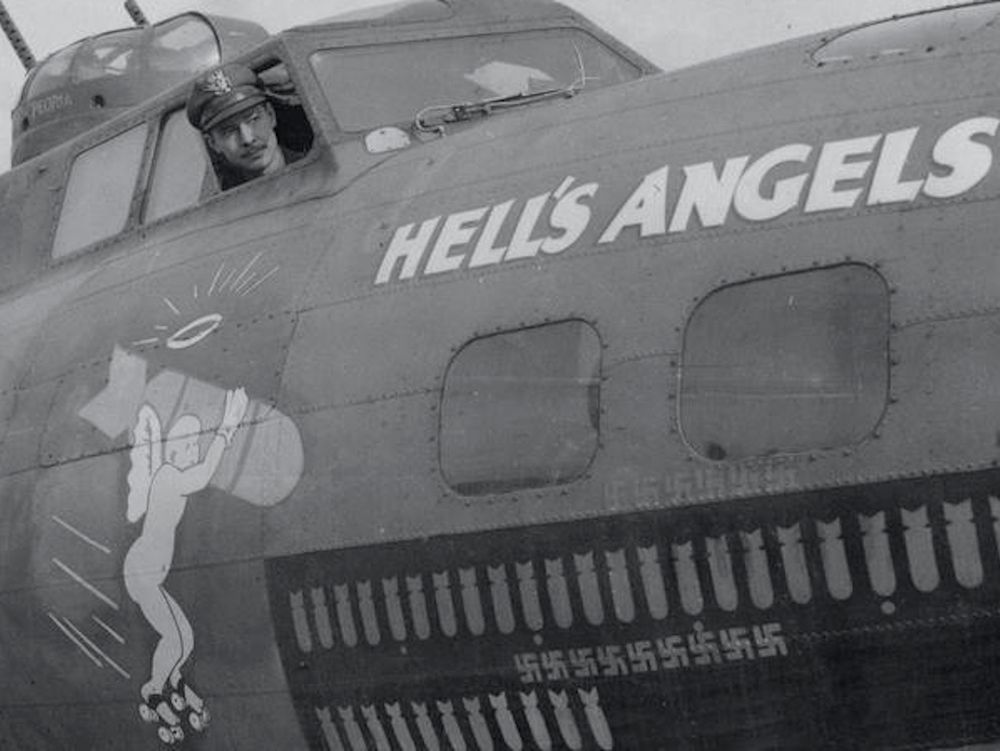
Owing to their early membership being comprised of veterans, it shouldn’t surprising that the name Hells Angels has its origins in the war. The “Flying Tigers Hell’s Angels” were an American fighter pilot squadron stationed in China during WWII.
Surplus
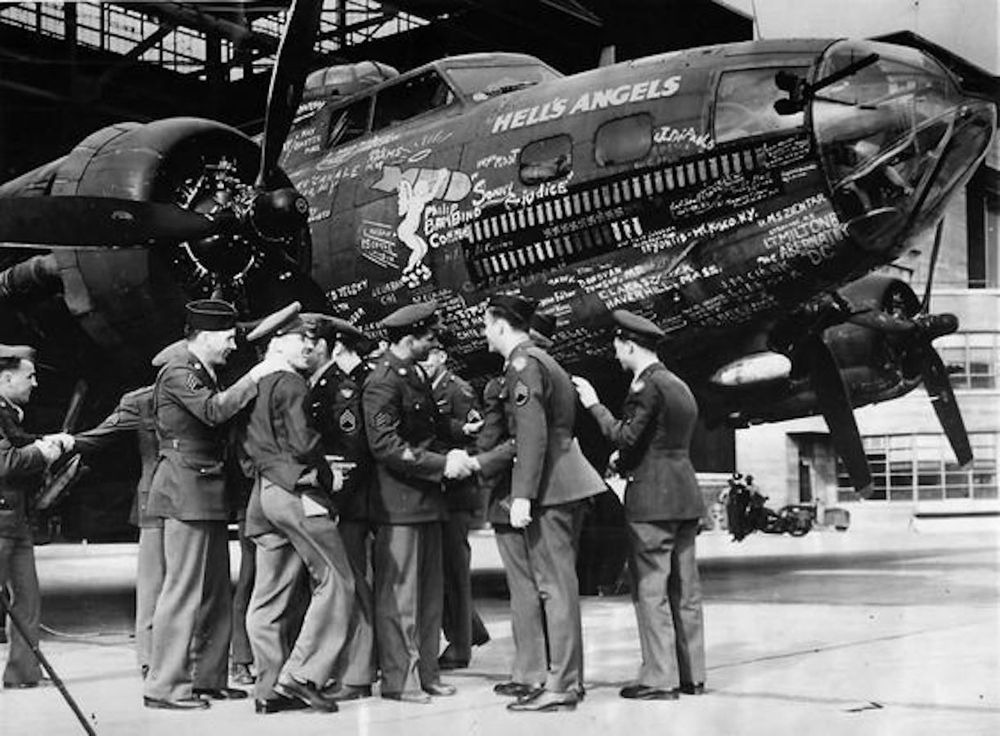
While rumors have always abounded that the Hells Angels came together for criminal purposes, the group has always insisted that “because military surplus had suddenly made motorcycles reasonably inexpensive and because many young men after the war were feeling copped up and missing the company of their fellow soldiers.”
Harley Davidson
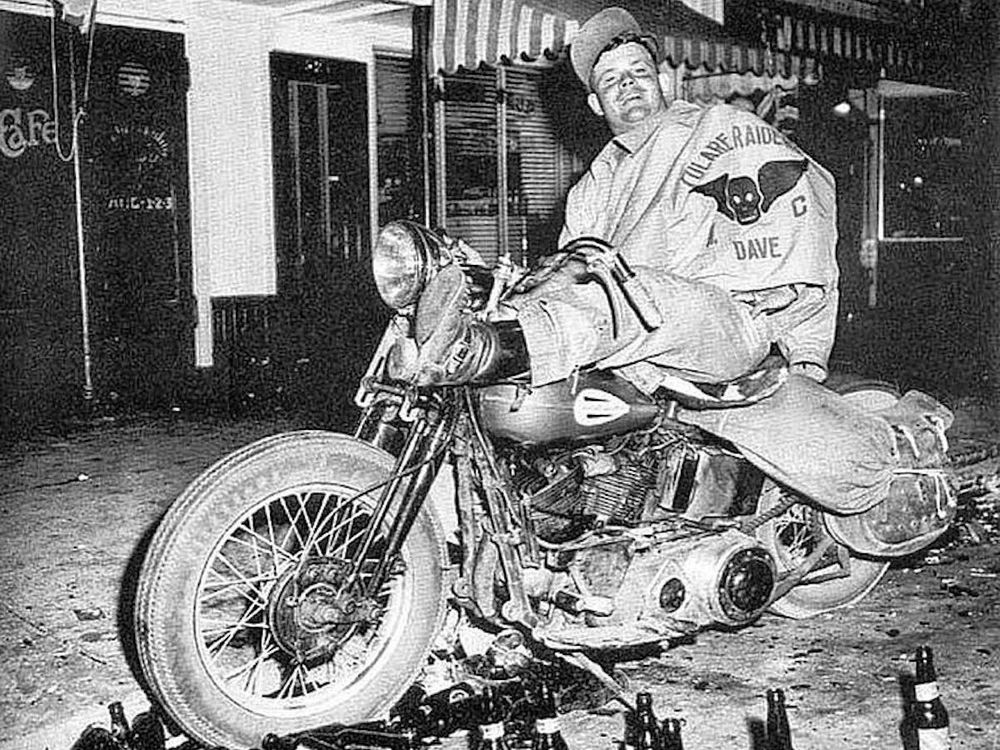
While it’s debated if it’s an official requirement, many Hells Angels prefer to ride Harley Davidson motorcycles. There are several reasons for this, including the adorability of the company’s bikes during the club’s early years, as well as the company’s “All-American” reputation.
Come Together
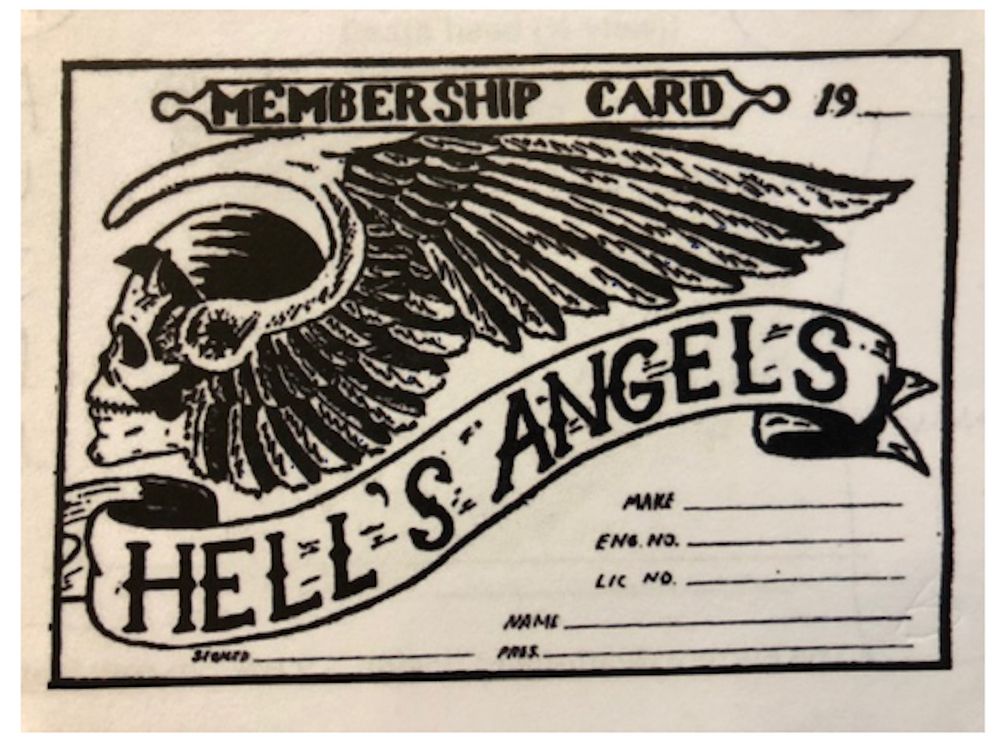
Initially, there were several unaffiliated groups in California using the name. It wasn’t until the 1950s that these disparate groups came together to former a larger, united Hells Angels organization with universal standards and rules for admission.
Counterculture Connections
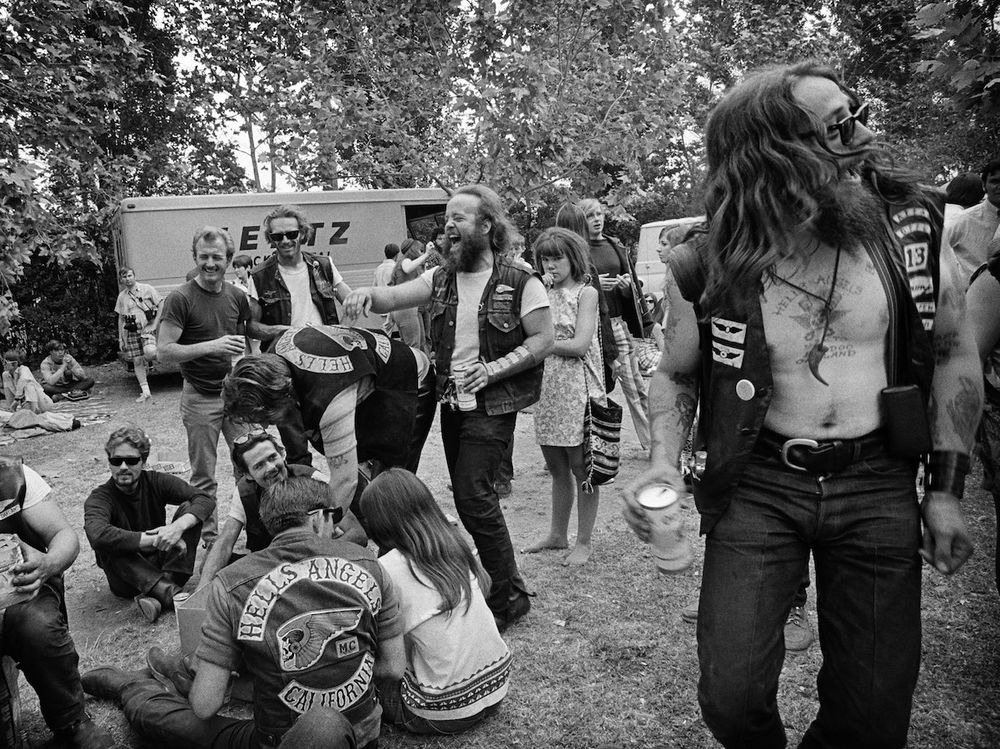
Since the Angels were initially in California, the group became intertwined with the growing counterculture of the 1960s. Members frequented concerts and music clubs in San Francisco’s Haight Ashbury district, and got to know figures including Ken Kesey and the Merry Pranksters, Allen Ginsberg, Jerry Garcia and the Grateful Dead, the Beatles, and tragically the Rolling Stones.
Altamont Origins
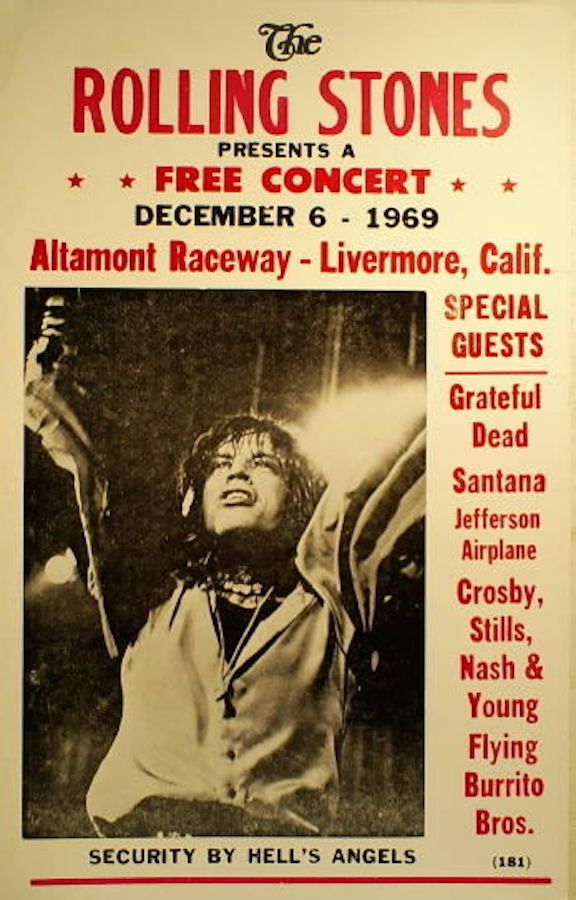
In 1969 the Rolling Stones, The Grateful Dead, and Jefferson Airplane teamed for a huge free concert in Northern California known as the Altamont Free Concert (named for the Altamont Speedway where it was held). The bands wanted the concert to be “Woodstock West” and planned for attendance in the hundreds of thousands. At some point in the planning of the festival, someone (it’s disputed who) pitched hiring the Hells Angels for security…
Why Were the Hells Angels at Altamont?
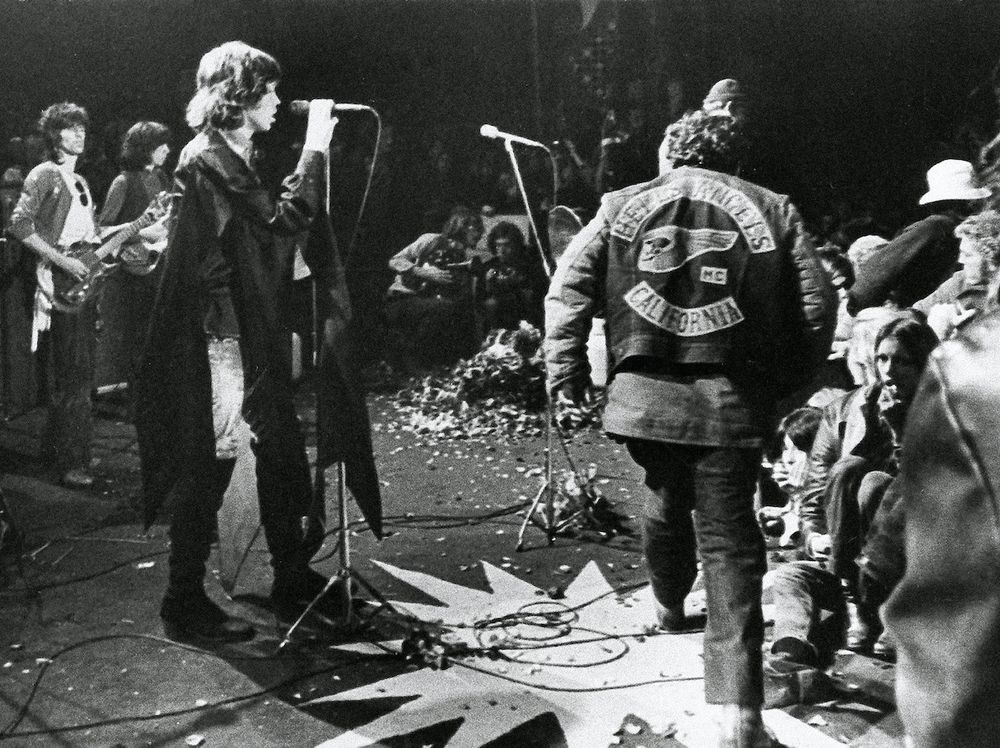
The “how and why” the Hells Angels were present at Altamont is different depending on who one listens to. The long-told story is that the club agreed to provide security for the concert in exchange for $500 and a case of beer. Some members dispute this, saying they were only given money and been in exchange for nothing more than keeping the band’s road equipment safe.
Sonny's Side of the Story
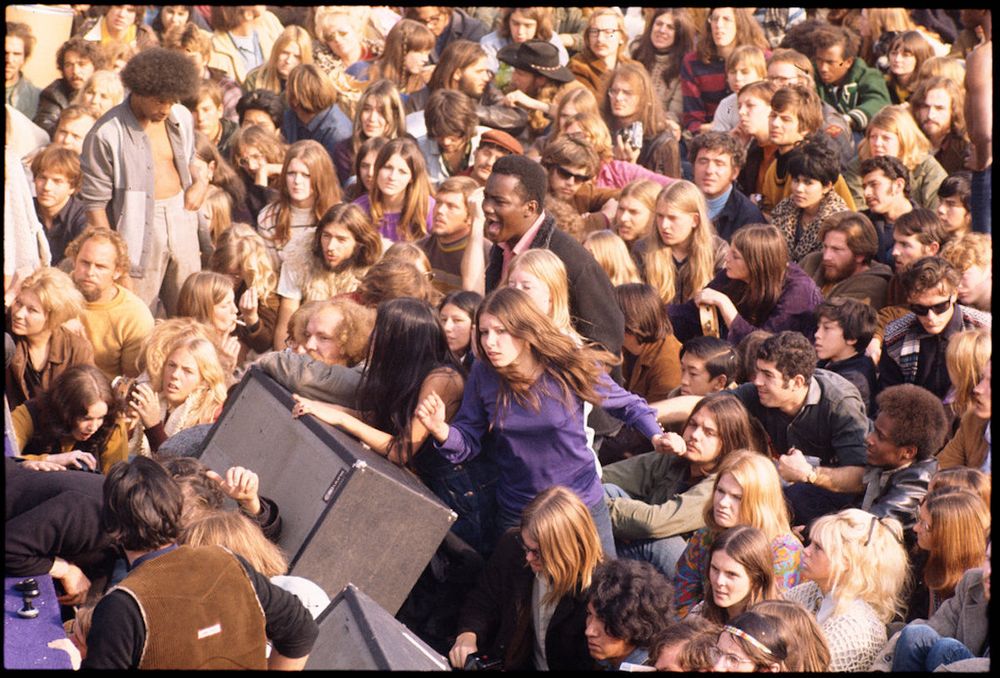
Hells Angels founding member Sonny Barger said of the supposed deal, “I ain’t no cop, I ain’t never going to ever pretend to be no cop. I didn’t go there to police nothing, man. They told me if I could sit on the edge of the stage so nobody could climb over me, I could drink beer until the show was over. And that’s what I went there to do.” Whatever the truth, the group’s presence at Altamont had tragic consequences.
The Death of Meredith Hunter
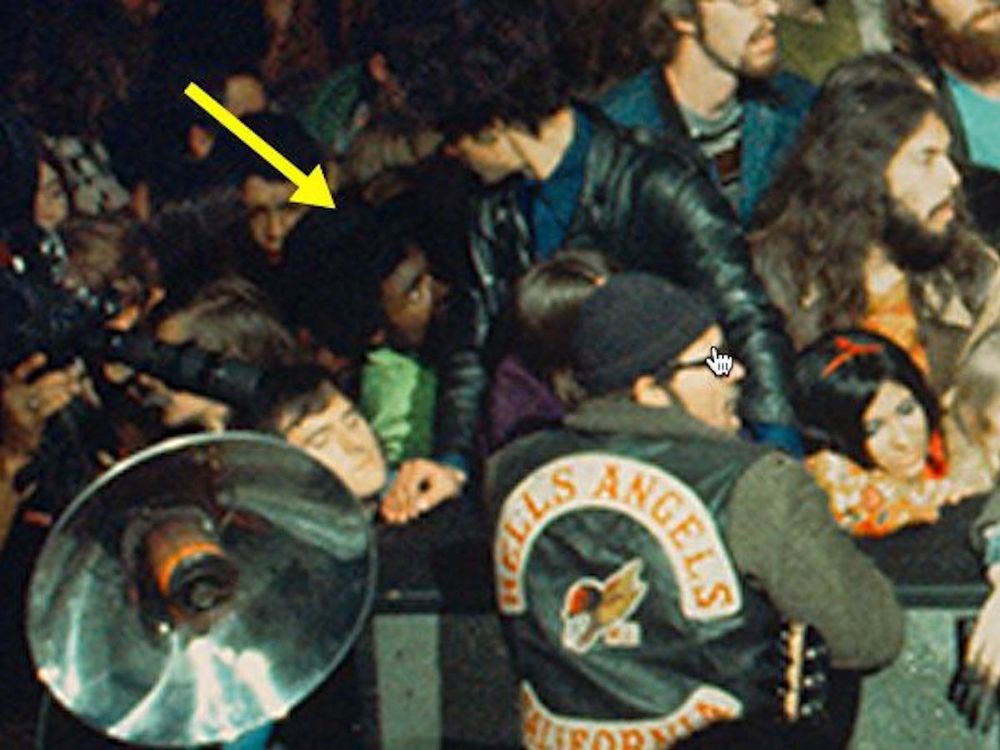
The Altamont concert was a disaster across the board, with the (real or imagined) “peace and love” vibes of Woodstock replaced with anger and copious amounts of narcotics. In the midst of the chaos, audience member Meredith Hunter (an African American man in his early 20s) attempted to leap on stage while on methamphetamine. He was stopped by members of the Angels, and in-turn allegedly pulled a gun. Angels member Alan Passaro stabbed Hunter to death in retaliation.
'Saved' by the Video Evidence
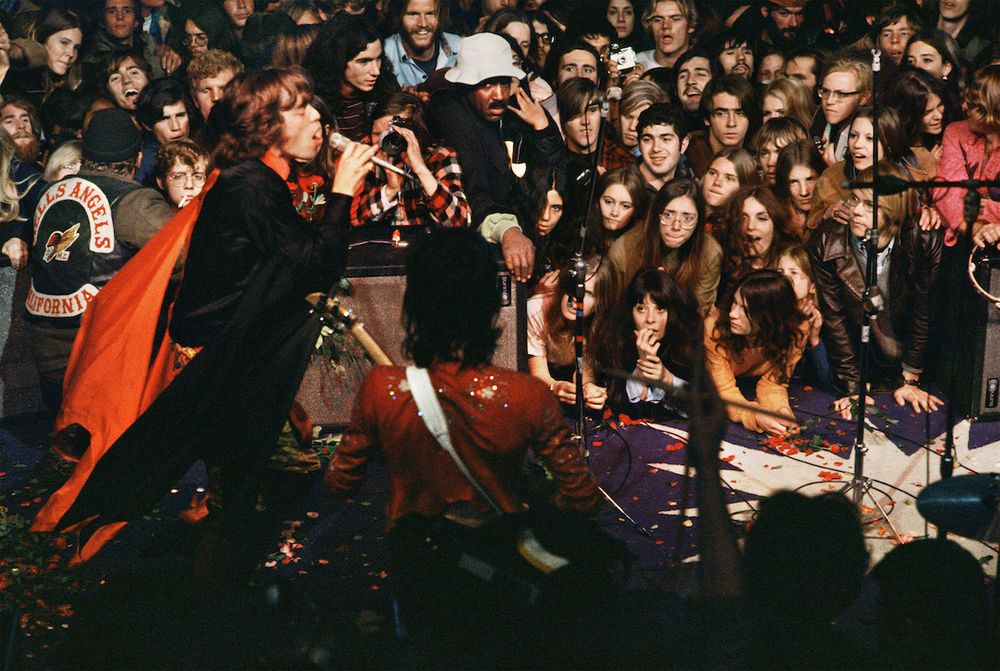
Passaro was charged with Hunter’s murder in 1971, however he was acquitted after the jury viewed documentary film footage – which would eventually become part of the seminal film Gimmie Shelter – which seemed to verify Passaro’s version of the event. The tragic incident came to define Altamont, and has come to be see as the symbolic “end” of the 1960s counterculture era.
Revenge on Mick Jagger?
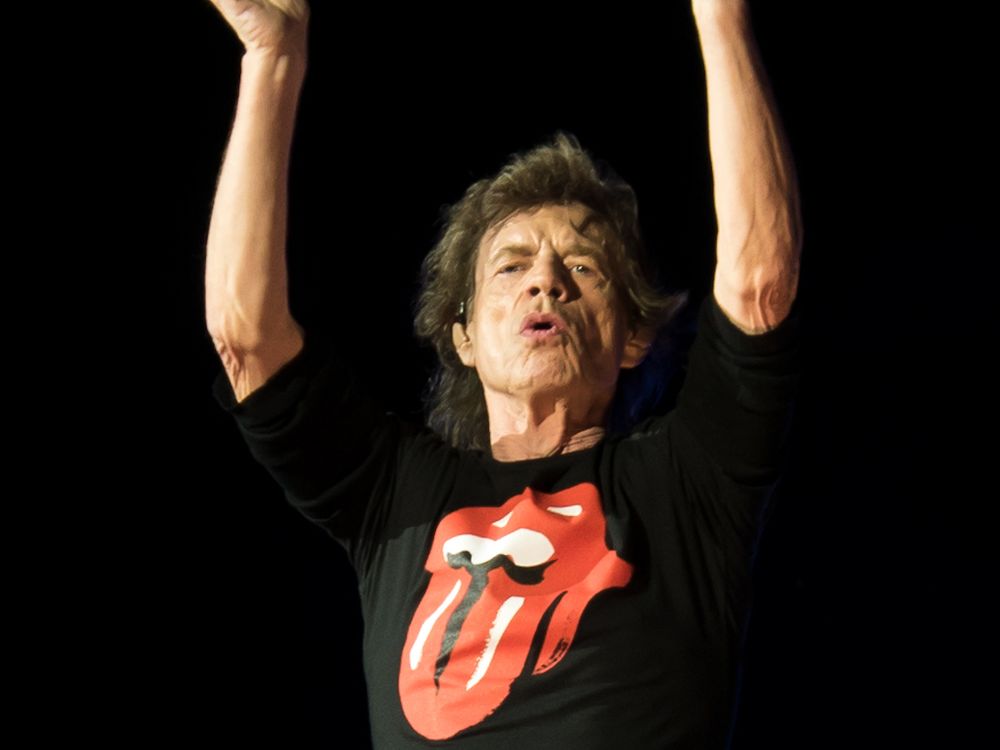
In 2008, a former FBI agent alleged that the Hells Angels were so made about the negative publicity associated with the concert that they planned to assassinate Rolling Stones frontman Mick Jagger in retaliation. Allegedly, a group of angels planned to infiltrate a home Jagger owned on Long Island on a boat as a way to circumvent the security gate. Again allegedly, the plan fell through when the group was caught in a storm and missed their chance.
Infiltration
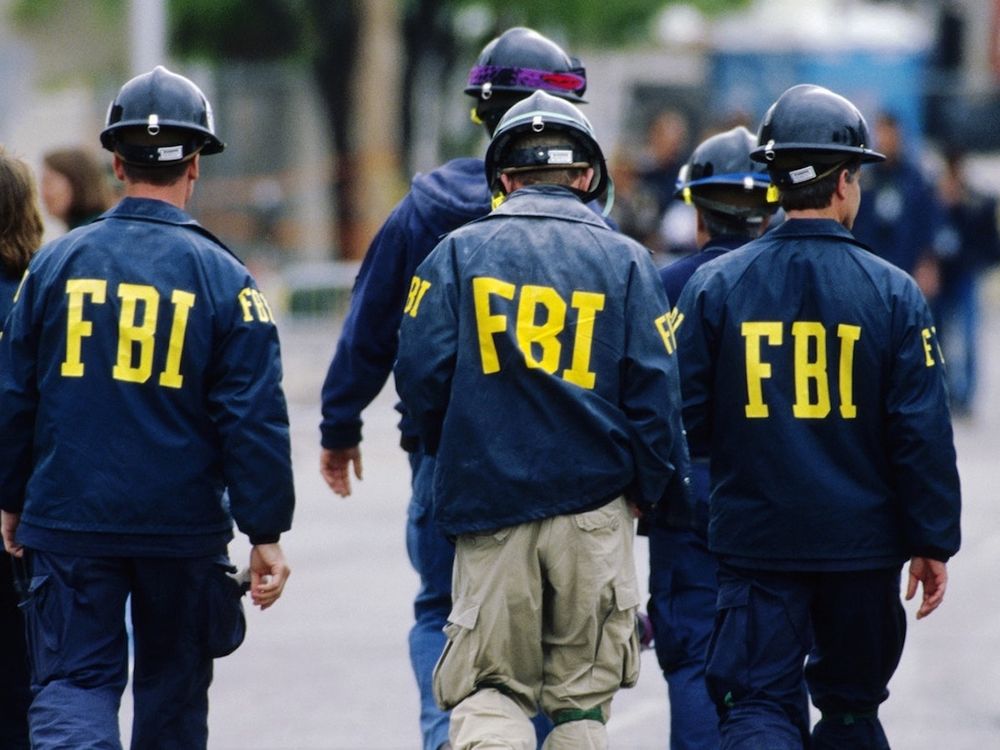
The alleged plot to assassinate Jagger, as well as other crimes members of the Angels were involved in, were uncovered thanks to FBI informants who infiltrated the group. Judging by what the group wanted to do to Mick Jagger, we can only imagine what would have happened to one of those informants had they been discovered.
Global Expansion
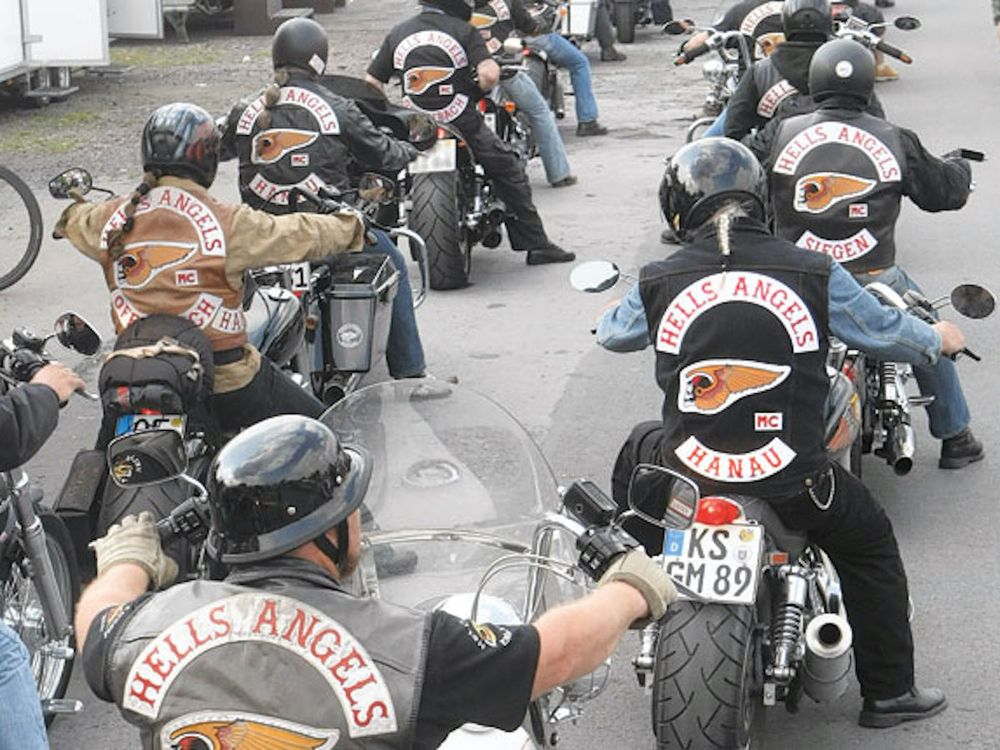
Despite well-publicized incidents like Altamont, the reach of the Hells Angels spread across the world during the 1960s and 70s. Currently, there are over 275 chapters of the group in Europe, and charters in areas including Australia, Brazil, South Africa, and Eastern Europe.
The Cut
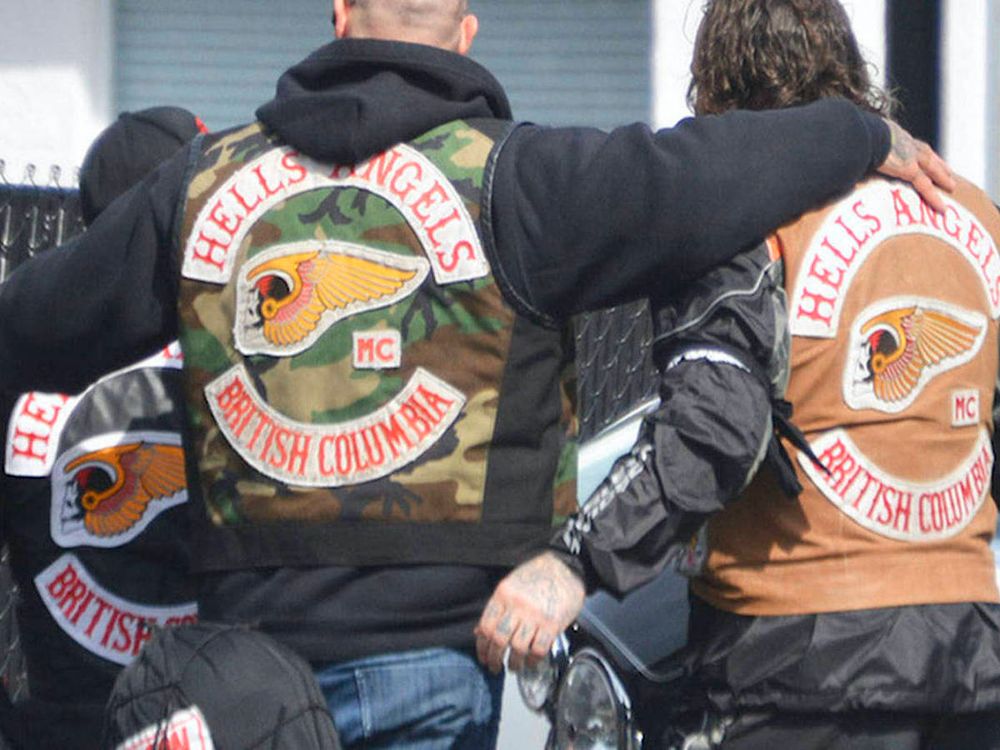
As the group’s reach has grown, members have become more public in displaying their affiliation. The easiest way to recognize a member is their “cut” AKA the sleeveless leather vest that members of the group were. The vests of full-time members are adorned with numerous patches, including the group’s “death head” logo.
Qualifications to Join
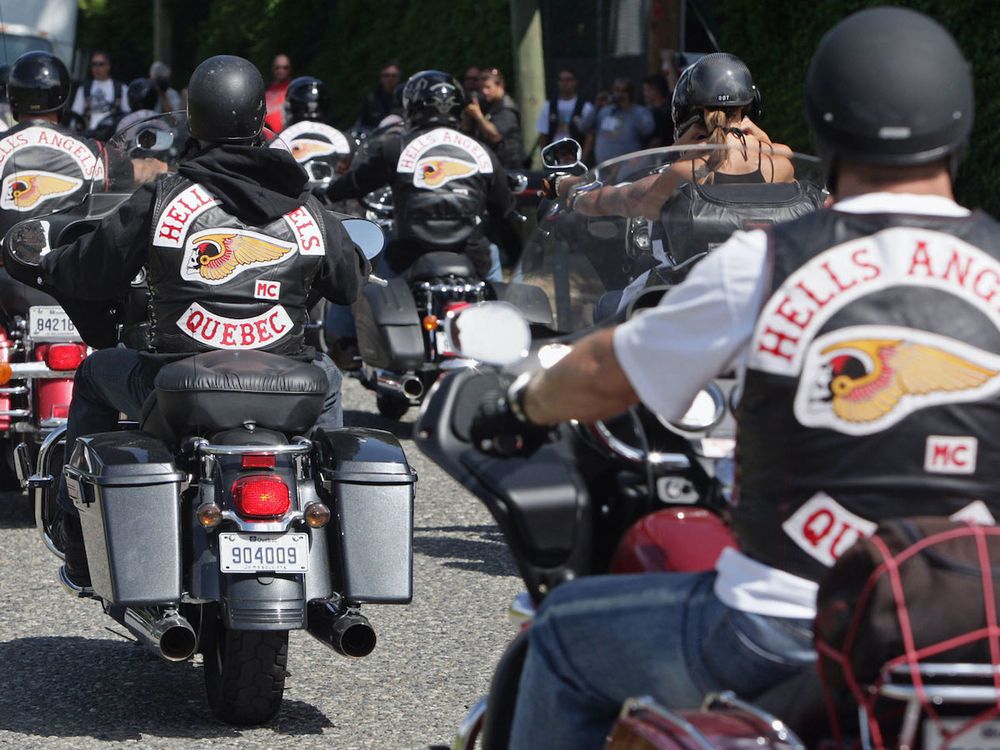
So, how does one become a member of the Hells Angels? There are several distinct known qualifications one must meet before being considered for membership. These include- Having a valid motorcycle license, owning a Harley Davidson (though other American-made bikes may be allowed), must never have been charged with child molestation, and must never have applied to be a police officer or prison guard.
Hang-Around
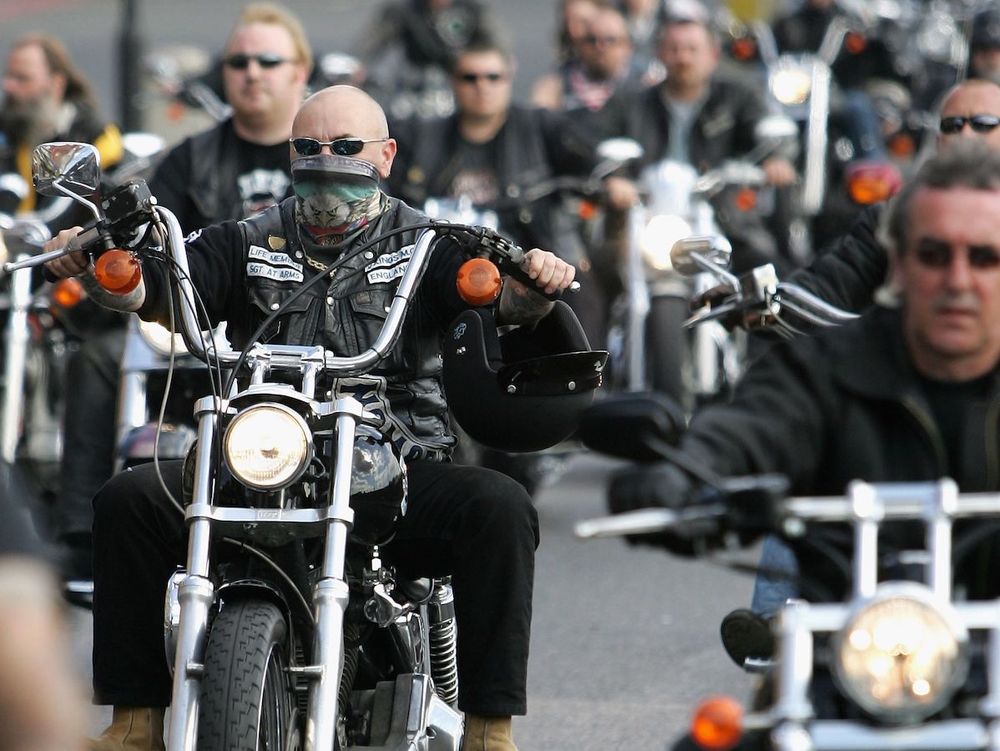
If someone is approved, the next step is becoming a “hang-around.” This term is pretty much what it sounds like- the potential member will spend time with the chapter so both they and the chapter’s members consider whether the person is fit for the Hells Angels lifestyle.
Associate to Prospect
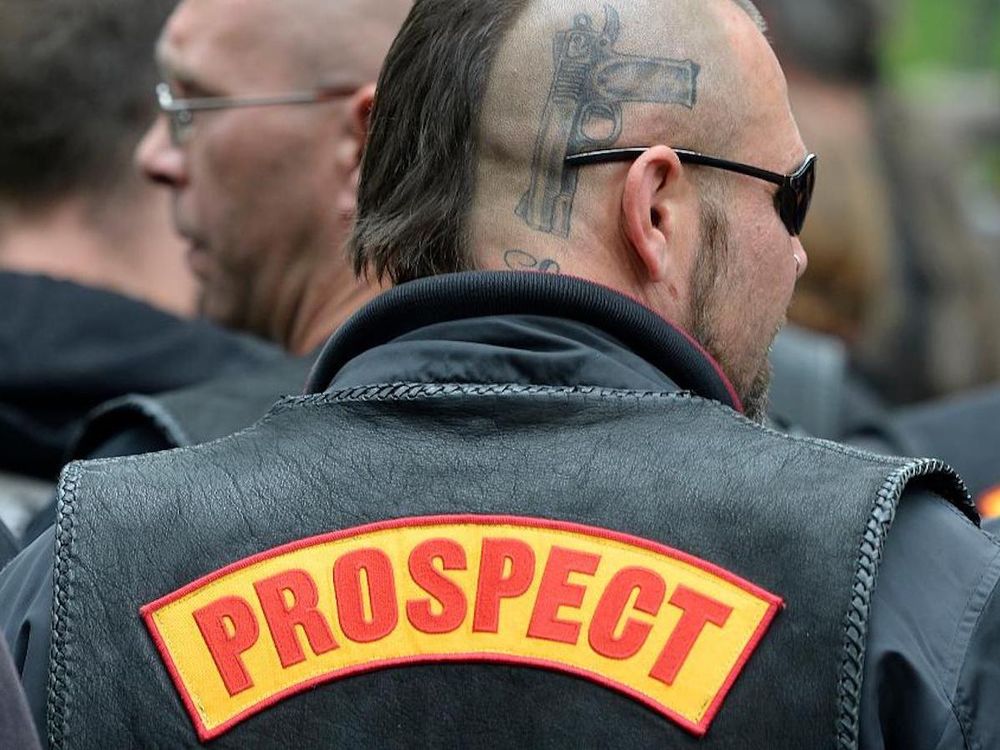
If the “hang-around” period goes well, the wannabe member is then promoted to the similar rank of “associate” for an indeterminate amount of time. They then graduate to “prospect” which allows candidates to attend club meetings (without being able to vote or voice their opinion) and begin wearing an incomplete “cut.”
Unanimous Vote
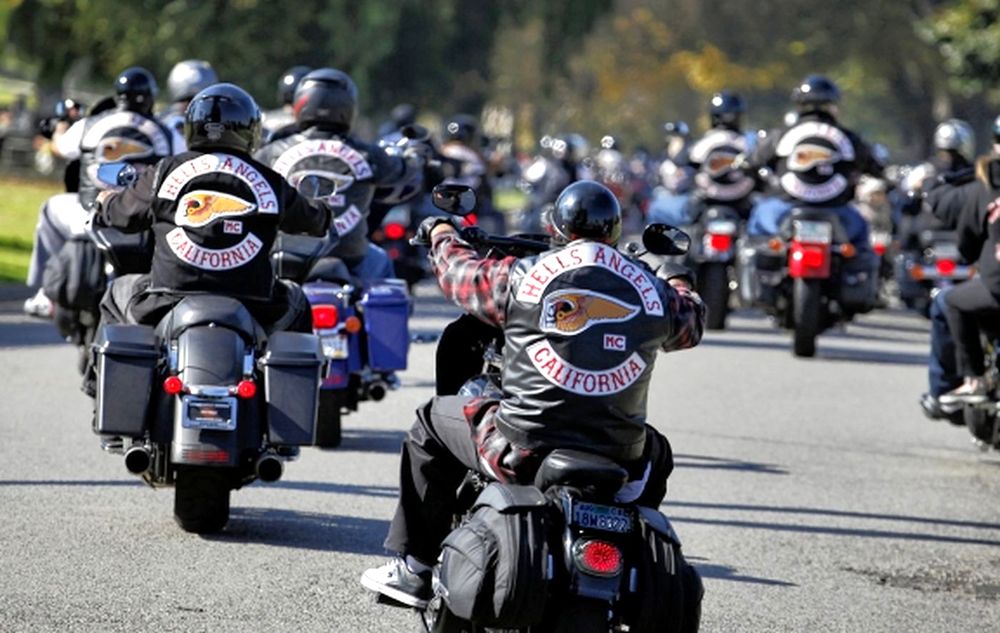
The final step for a “prospect” to gain full membership status is achieving a unanimous yes vote from all members of the chapter. This can sometimes take years.
Being Patched
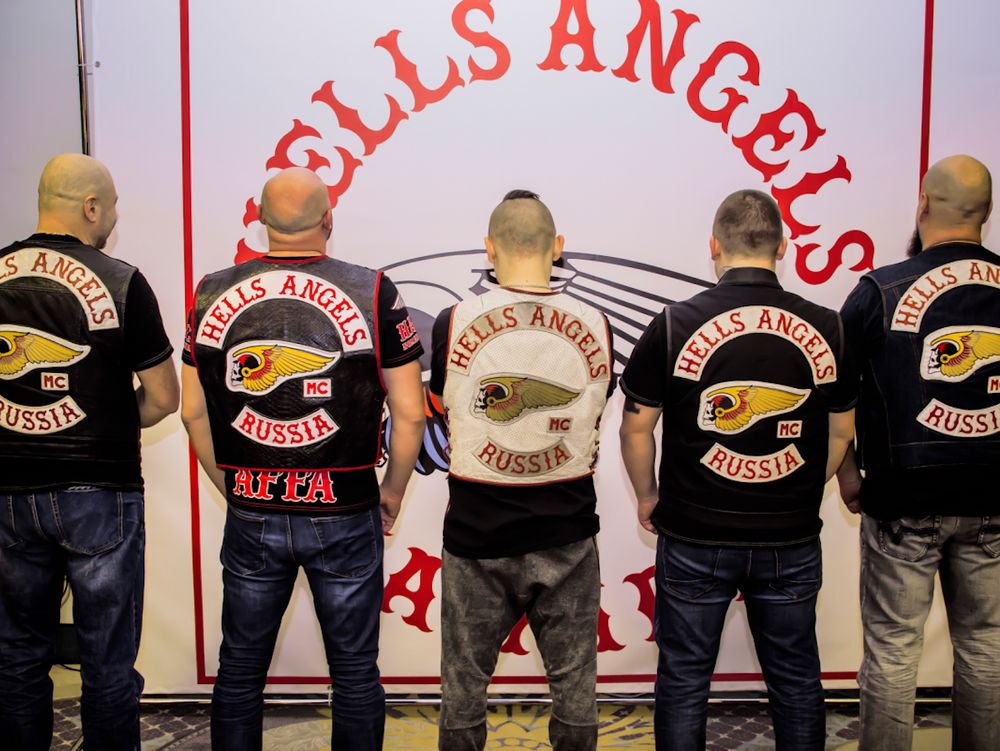
Once someone owns the unanimous vote and become a full-fledged member of the Hells Angels, they take part in an initiation ceremony known as “being patched.” The ceremony concludes with the member receiving his top Hells Angels rocker and winged death head logo patches.
The Filthy Few
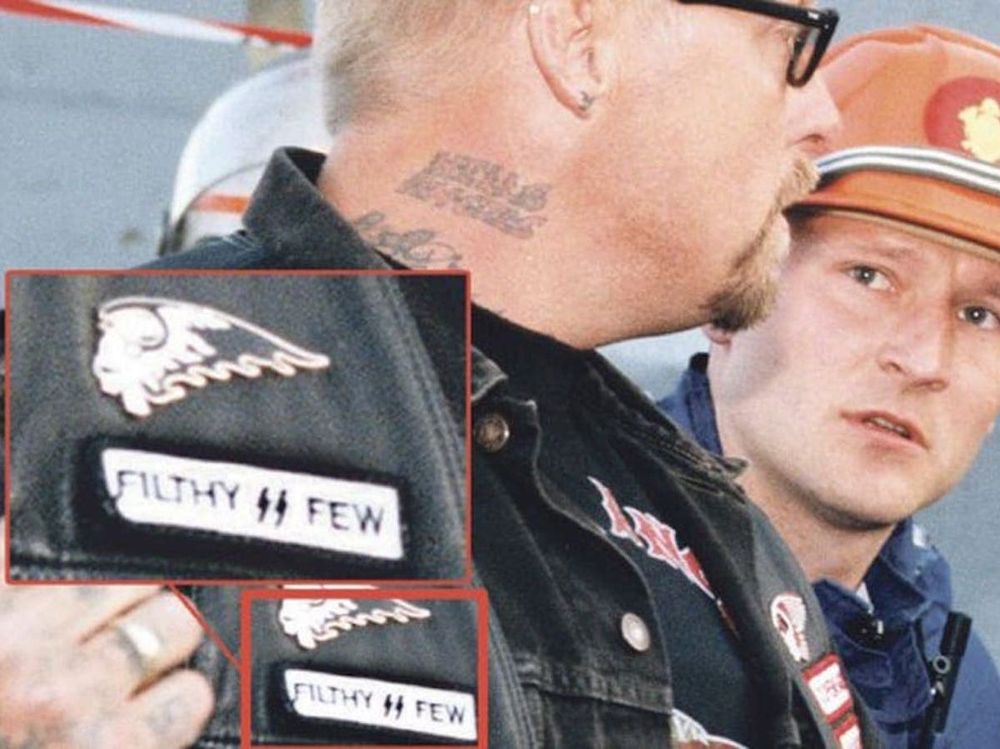
If you ever see a Hells Angels member with a patch bearing Nazi-like SS lightning bolts and the words “Filthy Few” you probably should turn the other way. Allegedly, only members who’ve “committed murder or are willing to commit murder for the club” can earn this patch.
Dequiallo
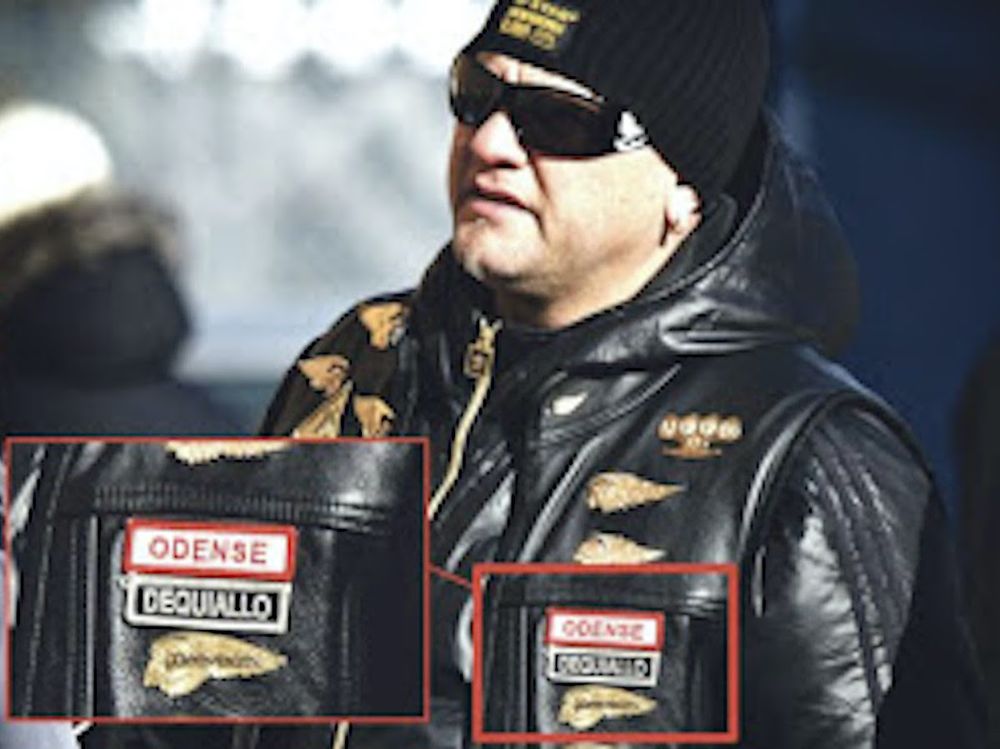
You’d also be best advised avoiding confrontation with any Hells Angels member who has the “Dequiallo” patch. Supposedly, this patch is only given to those who “reacted violently to law enforcement representatives while being placed under arrest.”
Sons of Anarchy
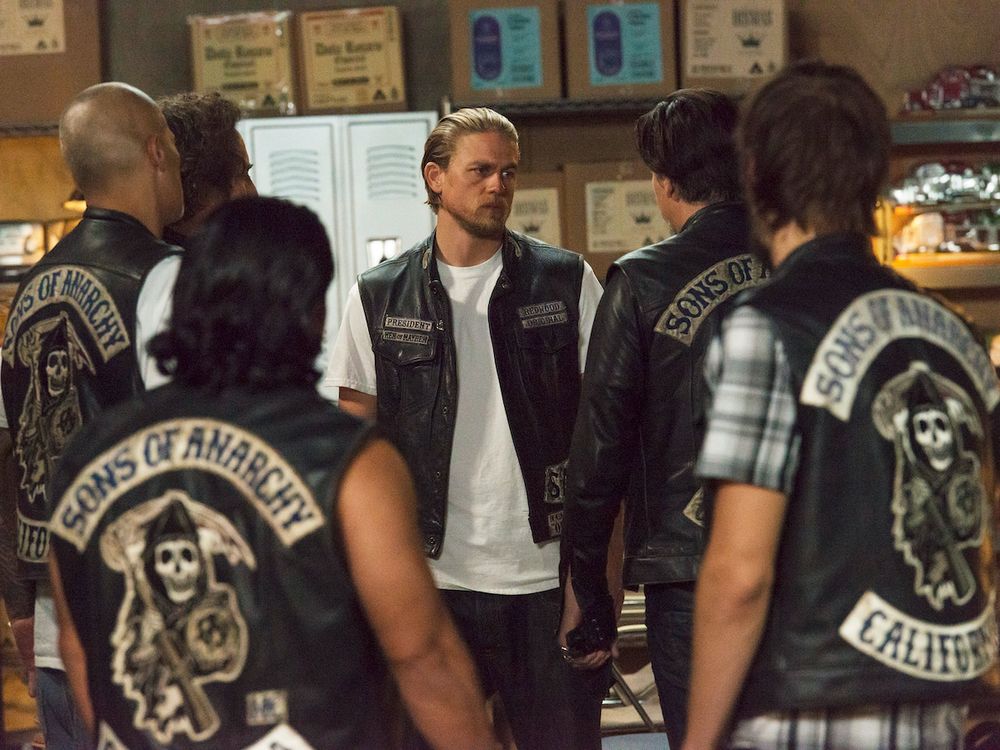
The popular television series Sons of Anarchy was loosely based on the group. Series creator Kurt Sutter has confirmed that many of the series’s plot twists were inspired by the real life group’s history. In addition, many real Hells Angel appeared on the series including like David Labvrava, Chuck Zito, Rusty Coones, and Sonny Barger.
Fear and Loathing of the Hells Angels
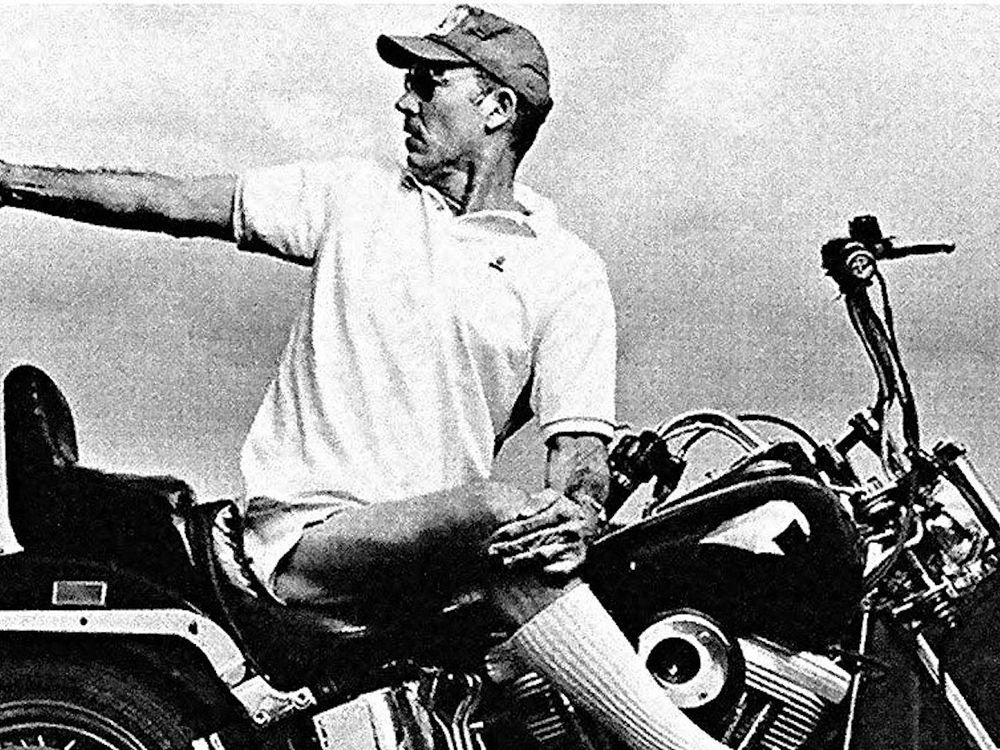
Well-known Gonzo journalist and writer Hunter S. Thompson was allowed into the group’s inner-circle to write his book Hells Angels- The Strange and Terrible Saga of the Outlaw Motorcycle Gangs. However, the Thompson was allegedly beaten by members of the gang after he attempted to defend one of the bikers’ wives from an assault. For their part, the Angels allege that Thompson took advantage of them and shared no profits from his book.
Accusations of Racism
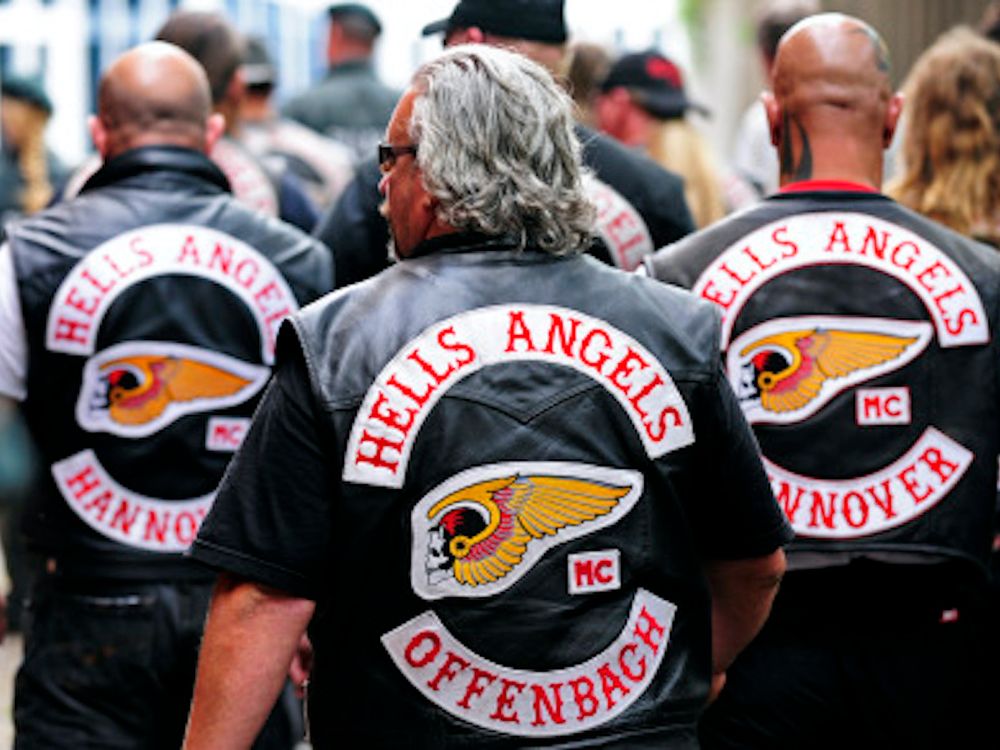
Accusations of racism have longed dogged the Hells Angels, both in their attitude and their membership standards. In 2008, Barger was asked about the allegations and responded, “The club, as a whole, is not racist, but there are probably enough racist members that no black guy is going to get in it.”
The Hells Angels Brand
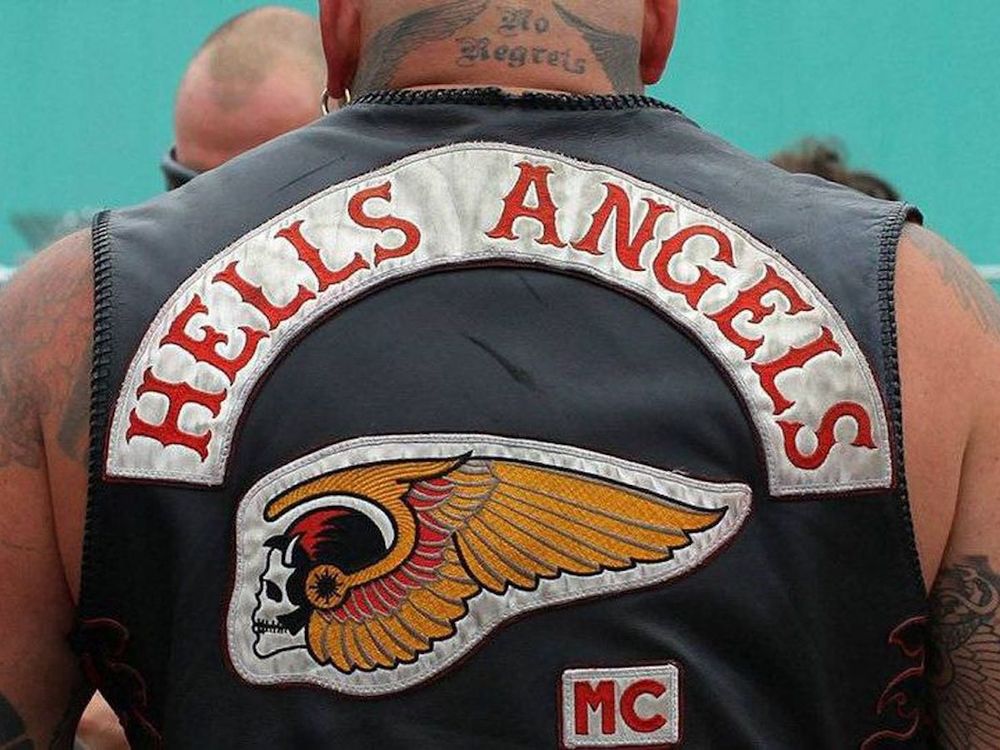
Despite the many controversies that dog them, the Hells Angels organization has attempted to safeguard their image in recent years. The group has sued numerous companies, including Disney, for using their name and logo without permission, In addition, they entered into several well-known legal battles over whether their “cuts” should be recognized as “gang colors.”
81
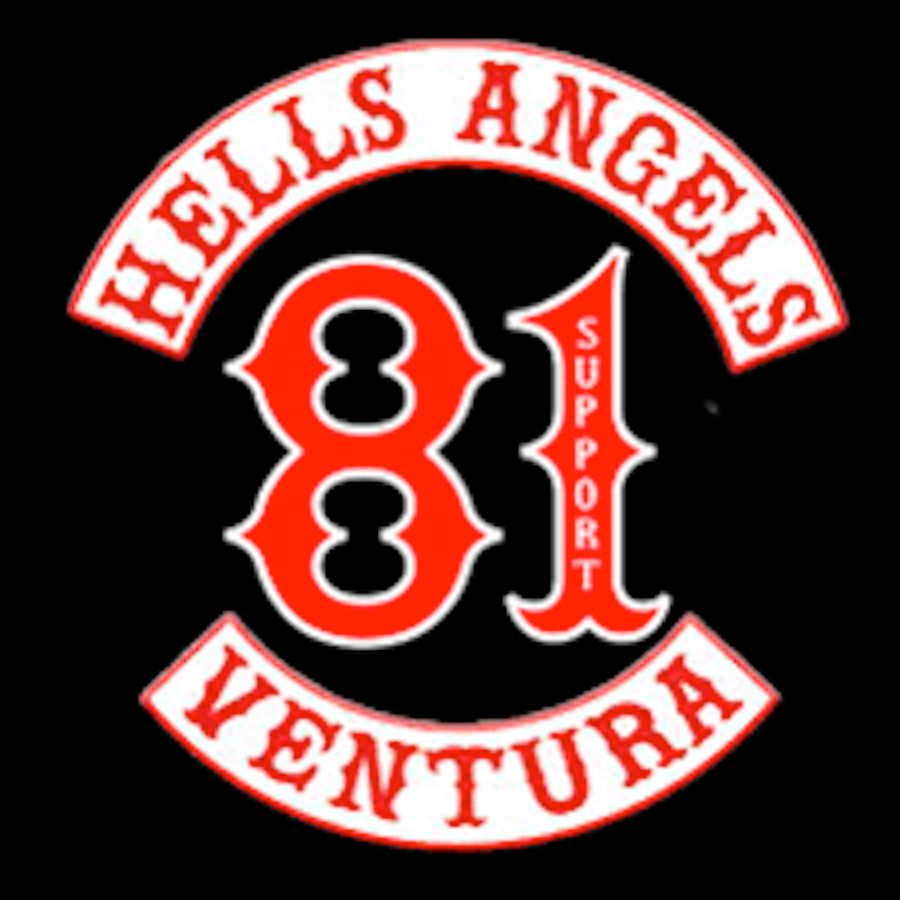
The number 81 is prominent is Hells Angels iconography, from logos to cuts to vests and everything in between. Why? Well, it’s pretty simple- H is the eight letter of the alphabet, and A is the first.
Paraphernalia Rules
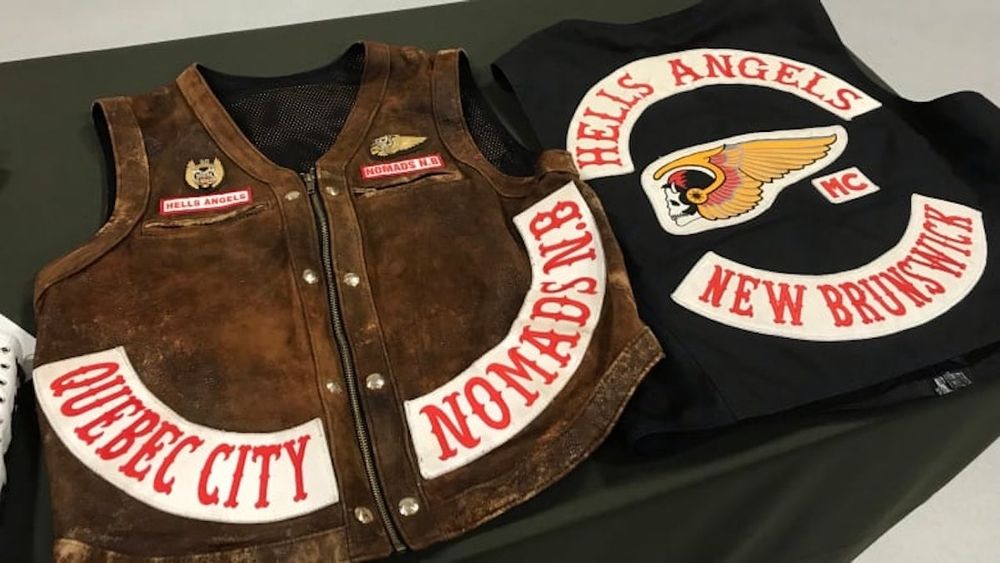
The group is fiercely protective of their name and logo. according to their website, “Hells Angels paraphernalia is only for members of our club. No one else but us is allowed to produce, sell or buy any items with the words HELLS ANGELS and our logo with our DEATH HEAD.” However, non-members can still support the club…
Support Merchandise
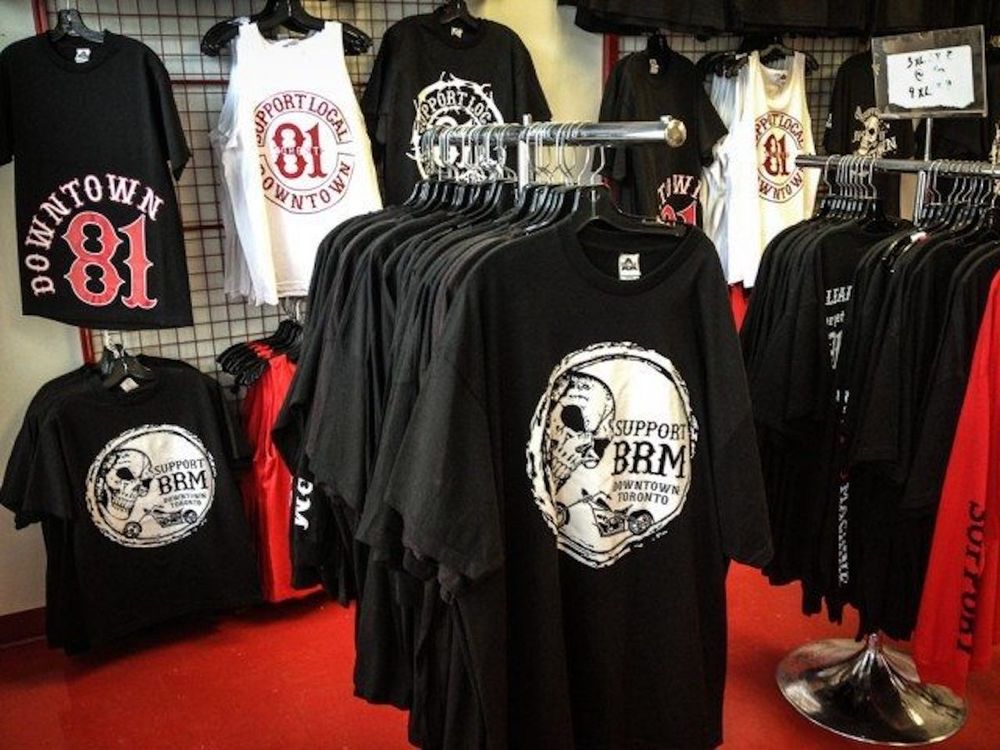
The club does operate official merchandise outlets known as 81 Support Shops, which operate online, and in the real world (as seen in the above photo of the official Toronto store). If you want to pick some up, be wary of counterfeit merchandise. Members don’t take seeing bootlegs well.
Apostrophe Catastrophe
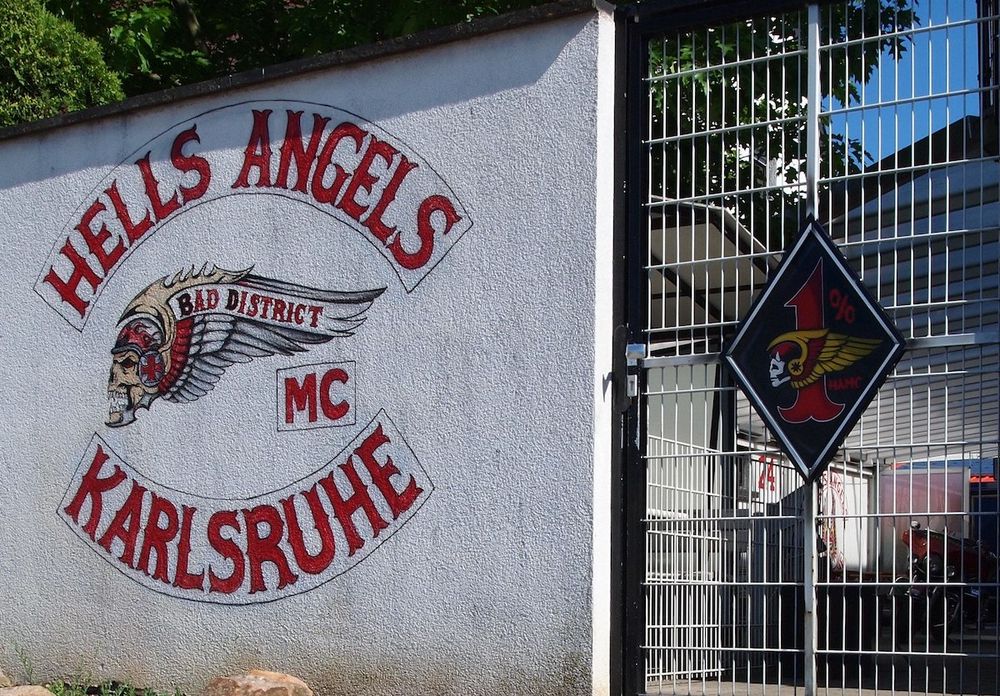
As we’ve gone through gallery, you’ve likely asked yourself why there’s no apostrophe in “Hells Angels.” Well, the club’s website has a pretty succinct statement on the matter, saying of an apostrophe, “…it is you who miss it. We don’t.”
Quick Links
